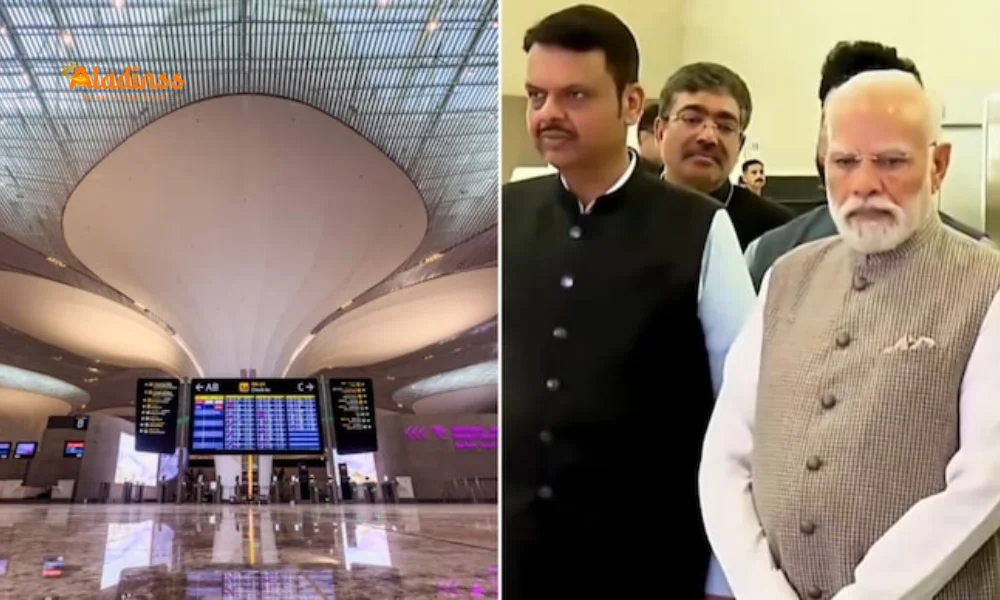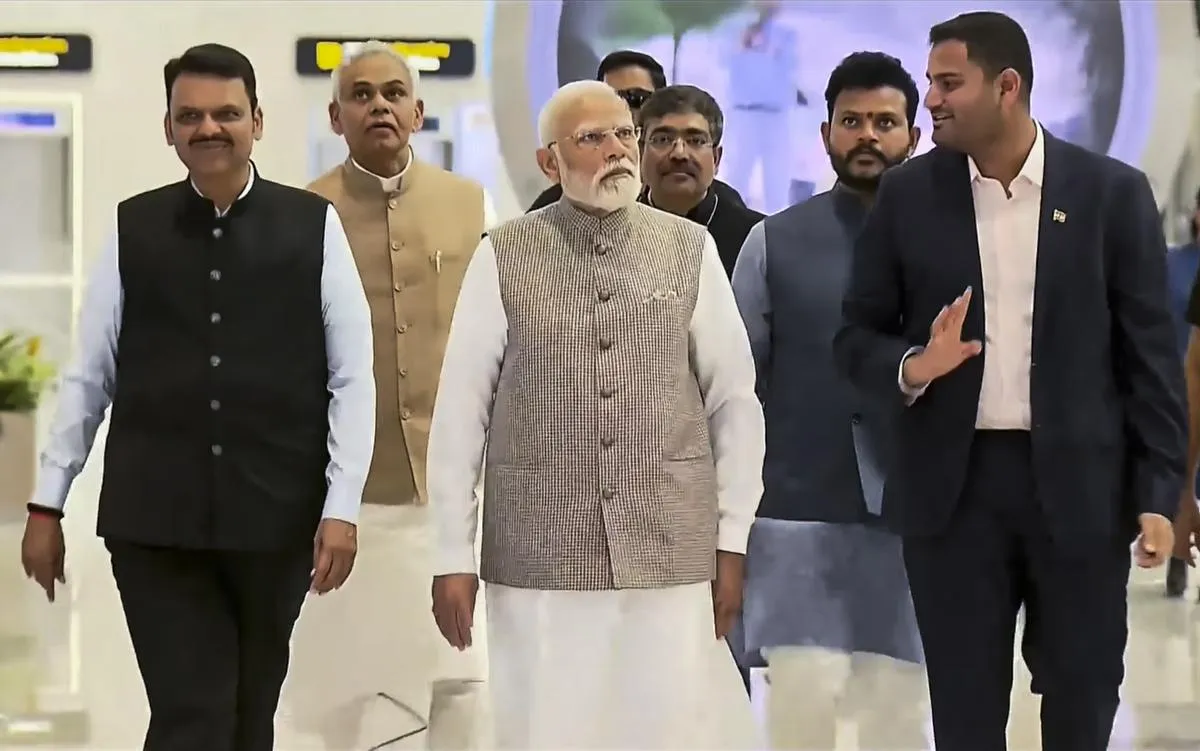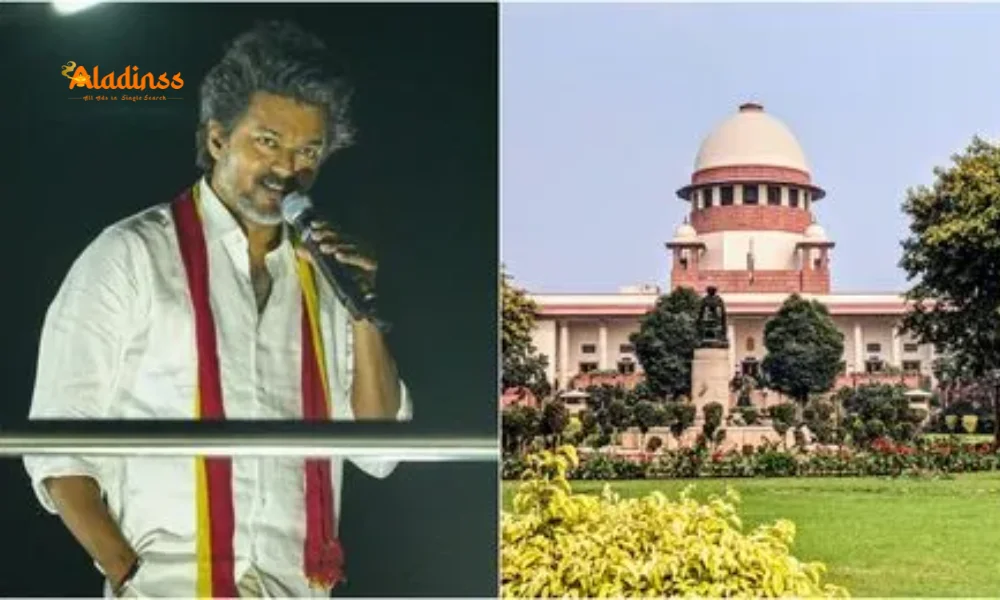PM Modi Inaugurates Navi Mumbai Airport

PM Modi Inaugurates Navi Mumbai International Airport: A Rs 19,650 Crore Milestone in India's Aviation Growth
Prime Minister Narendra Modi has officially inaugurated the Navi Mumbai International Airport (NMIA), a groundbreaking Rs 19,650 crore greenfield project designed to alleviate congestion at Mumbai's Chhatrapati Shivaji Maharaj International Airport. Spanning 1,160 hectares in Ulwe, approximately 37 km from South Mumbai, this state-of-the-art facility marks a pivotal step in enhancing regional connectivity and positioning India as a global aviation powerhouse. Named D.B. Patil Navi Mumbai International Airport following Maharashtra's proposal, it promises to handle 20 million passengers and 800,000 metric tonnes of cargo annually in its initial phase, with ambitious expansions targeting 90 million passengers by 2036. During the ceremony, PM Modi toured the premises and emphasized India's aviation surge-from 74 airports in 2014 to over 160 today-while envisioning the nation as a premier hub for aircraft maintenance, repair, and overhaul (MRO) in the next decade.

Strategic Location and Purpose: Easing Mumbai's Air Traffic Woes
Strategically positioned in the bustling Mumbai Metropolitan Region, the Navi Mumbai International Airport addresses the longstanding capacity constraints at the existing Mumbai airport, which handles over 50 million passengers yearly but struggles with peak-hour bottlenecks. Developed under a public-private partnership between Adani Airports Holdings Limited (74% stake) and the City and Industrial Development Corporation (CIDCO) of Maharashtra (26% stake), NMIA's Ulwe site was selected for its proximity to key economic zones, including the upcoming Navi Mumbai Special Economic Zone and the Mumbai Trans Harbour Link.
- Distance Advantage: Just 35-40 minutes from downtown Mumbai via expressways.
- Decongestion Goal: Diverts 20-25% of Mumbai's traffic, enabling smoother operations.
- Regional Impact: Boosts connectivity for Maharashtra's industrial belt, from Thane to Raigad.
- Future-Proof Design: Scalable infrastructure to support India's projected 300 million annual air passengers by 2030.
The airport's inauguration aligns with India's broader infrastructure push, complementing projects like the Mumbai Metro Line 3 and the Atal Setu bridge, fostering seamless multimodal transport. Experts predict NMIA will catalyze real estate growth in Navi Mumbai, attracting investments in logistics, hospitality, and tech parks, while creating over 200,000 direct and indirect jobs.
Architectural Marvel: Innovative Design by Zaha Hadid Architects
Crafted by the globally acclaimed Zaha Hadid Architects, the Navi Mumbai International Airport stands as a testament to futuristic design and sustainability. The terminal's roof, supported by 12 lotus-inspired pillars and 17 colossal columns, evokes India's cultural motifs while ensuring structural resilience against earthquakes up to magnitude 8, cyclonic winds, and extreme loads. This Rs 19,650 crore investment incorporates eco-friendly features, including rainwater harvesting, solar panels generating 10 MW of power, and extensive green spaces covering 20% of the site.
The iconic lotus shape not only symbolizes purity and growth but also optimizes natural ventilation, reducing energy consumption by 30%. PM Modi, during his walkthrough, lauded the blend of tradition and technology, noting how such icons elevate India's global stature akin to Singapore's Changi or Dubai's Al Maktoum.
Advanced Infrastructure: Capacity, Runway, and Expansion Roadmap
Boasting a 3,700-meter runway-the longest in the Mumbai region-NMIA can accommodate behemoths like the Airbus A380 and Boeing 747, facilitating direct long-haul flights to Europe, the US, and Australia. Terminal-1, spanning 4.7 lakh square meters, features 66 check-in counters, 29 aerobridges, and 22 self-baggage drops, enabling 20-22 hourly flights in Phase 1. Cargo operations, powered by a fully automated AI terminal, include specialized zones for pharmaceuticals, perishables, and hazmat, targeting Mumbai's export surge in gems, textiles, and electronics.
- Aircraft Parking: 300 bays for simultaneous operations.
- Cargo Throughput: 800,000 MT annually, with cold-chain facilities.
- Runway Specs: Code F compliant for wide-body jets.
- Expansion Phases: Three more terminals and a parallel runway by 2036.
Commercial flights commence in December 2025, starting with 50-60 daily movements by IndiGo, Air India Express, and Akasa Air, scaling to 40 hourly by mid-2026. This positions NMIA as Mumbai's primary international gateway, mirroring Delhi's Indira Gandhi hub.
Cutting-Edge Technology: AI, Digi Yatra, and Sustainable Mobility
NMIA pioneers as India's first fully digital airport, integrating Digi Yatra for biometric boarding across all touchpoints, eliminating paper tickets and slashing wait times by 50%. Facial recognition at check-in, security, and gates ensures seamless flows, while AI-driven systems manage baggage tracking and predictive maintenance. Smart parking with 5,000 EV-charging spots and IoT-enabled traffic control optimize ground movements, reducing emissions.
Eco-conscious initiatives shine through electric shuttle buses, a planned water taxi link to Mumbai, and zero-waste protocols. The airport's MRO facility, India's largest, will service 100+ aircraft yearly, supporting PM Modi's vision for self-reliant aviation, with tie-ups from Boeing and Airbus for skill development.
Economic Ripple Effects: Jobs, Investments, and Global Connectivity
Beyond aviation, NMIA's launch is a catalyst for Maharashtra's economy, projected to generate 200,000 jobs in aviation, logistics, and tourism. By decongesting Mumbai, it enhances cargo efficiency, cutting export turnaround by 20% for SMEs in jewelry and IT sectors. The airport's proximity to ports like JNPT will streamline sea-air logistics, boosting India's $1 trillion export target.
As a transit hub, NMIA aims to rival Dubai and Singapore, with direct routes to 100+ cities. PM Modi highlighted how such infrastructure empowers youth, with training academies for 5,000 pilots and engineers annually, aligning with Atmanirbhar Bharat.
Vision for the Future: India's Aviation Renaissance
The Navi Mumbai International Airport inauguration underscores India's aviation renaissance, with NMIA joining Noida International Airport (opening October 30) to create twin-hub cities like London and New York. By 2040, India's airports will handle 1.2 billion passengers, driven by UDAN schemes and PPP models. Challenges like land acquisition delays-resolved after 20 years-highlight the need for agile policies.
PM Modi's address envisioned NMIA as a symbol of 'Viksit Bharat,' fostering innovation in green aviation and digital inclusion. With Mumbai now boasting a multi-airport system, the city cements its role as South Asia's financial nerve center, promising enhanced global ties and inclusive growth.
As gates open in December, NMIA isn't just an airport-it's a launchpad for dreams, connecting aspirations across borders and generations.
Comment / Reply From
No comments yet. Be the first to comment!











